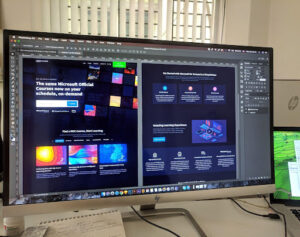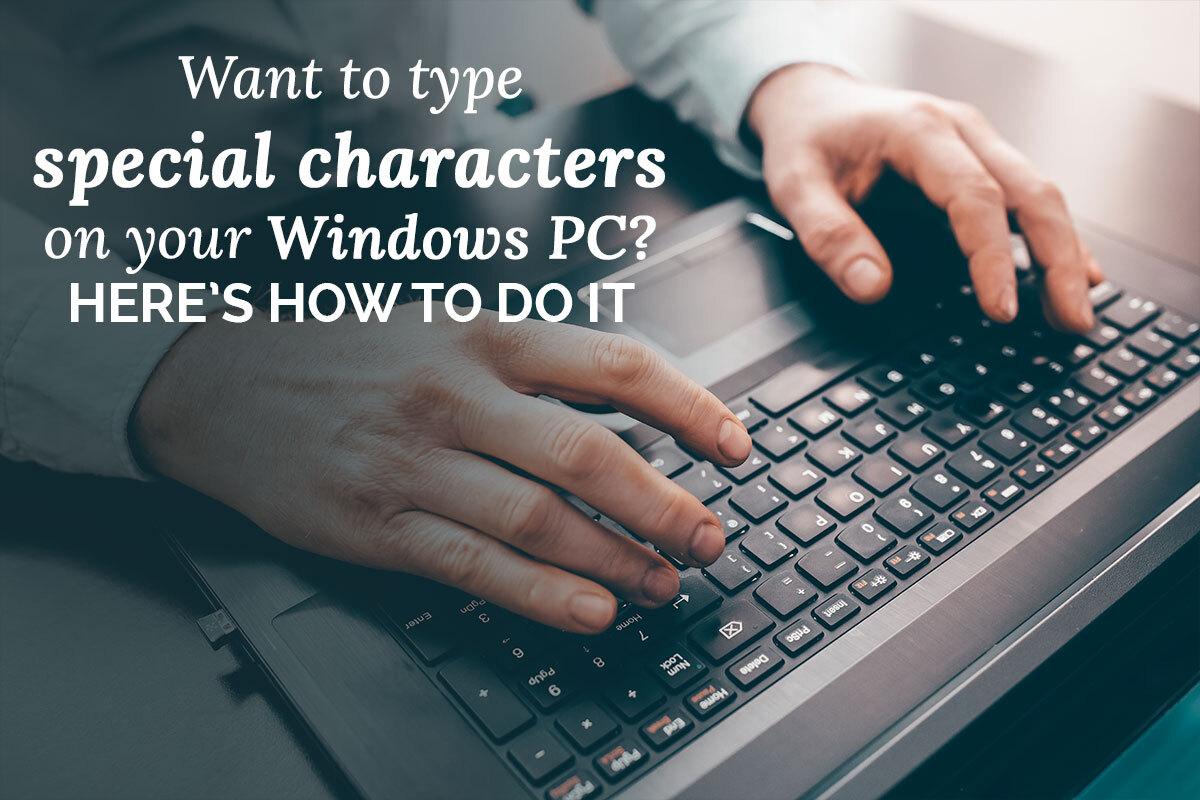The process of developing a website is referred to collectively as “web design and development,” which is an umbrella phrase. The phrase “web design” and “web development” are the two primary skill sets that are required, as the name of the process indicates. Web design defines a website’s appearance and feel; web development determines its function.
The names are often interchanged with one another due to the fact that there is not always a clear line that distinguishes the two jobs. Roles are always shifting along with the development of the web.
Distinguishing between front-end, middle-back, and back-end development, as well as design. Click here to read more about back-end development. Let’s keep things simple and divide the building of a website into two distinct categories: the parts that are visible to the user and the parts that are hidden from their view.
Designing and developing the front end, or what the user sees, takes place in the browser. This includes everything that contributes to a website’s branding and usability.
Front-end development refers to the process of putting a design into action by writing code in markup languages such as HTML, CSS, and Javascript. Users may utilize these languages to engage with elements like pictures, text, buttons, forms, and menus. In addition, they are crucial components of both responsive and adaptable design.
While some designers like those at iias web design agency are also coders, front-end developers often have both skill sets in their arsenal. There are some designers who will never touch a line of code. Also, some front-end developers focus only on the coding aspect of their job. Do you find this helpful?
Back-end development refers to the process that takes place behind the scenes, on the server, which the user never sees.
It is necessary for a website to have a back end in order to store and manage all of the data that is received via the front end. Therefore, whether a user makes a purchase or completes a form on the front end of the website, they are putting information into an application. Information is kept in a server-based database.
Components of web page layout
The legendary designer Paul Rand said in his article titled “The Politics of Design” that design is an activity that focuses on finding solutions to problems. It’s a tool for elucidating and integrating complex ideas and bringing them to life via the medium of words, images, products, and events.
The layout of a website (https://en.wikipedia.org/wiki/Website) refers to how its many components—the header, menu, footer, text, and graphics—are arranged. The layout is determined by the objective of the website as well as the manner in which the web designer intends for the user to engage with the website. For instance, a website devoted to photography would place a higher emphasis on large, stunning photographs, but an editorial website would place a higher emphasis on text and the space between letters.
A website’s visual hierarchy ensures that users can quickly find the content they’re looking for. Here is when the concept of visual hierarchy comes into play. The process of selecting which of the website’s aesthetic features should be brought to the user’s attention by emphasizing differences in size, color, and other characteristics of layout is known as visual hierarchy.
Using the site’s design, menus, and search boxes, navigation aids users in navigating from one location to another. Users are able to more quickly and easily access the information they are seeking for when the navigation is straightforward and efficient.
Color:
Color lends individuality to a website, helps it stand out from the crowd, and indicates to the visitor what they should do next. Either the preexisting identification of a business or the content of a website might end up being the deciding factor in the color palette. A website might benefit from having more structure if it uses a color palette that is consistent.
It’s possible that your consumers may get perplexed if the identical user interface components appear differently in various places of the app or website.
Graphics are the logos, symbols, and pictures that are hosted on a website. Photos are also known as graphics when talking about websites. They need to work well with the color scheme, the layout, and the content. The speed with which a website is able to load is one of the most important factors in determining a user’s first impression. If it takes too long, there is a good probability that the user will abandon the site.
Accessibility:
Whether or not a user is able to utilize a website is directly related to how accessible that website is. When accessibility is prioritized, it assures that all users will have equal access to a website and the ability to utilize its functionalities without restriction.






